1. A Warm Glass of Milk

Before anyone was popping melatonin gummies, a warm glass of milk was the go-to. Moms, grandmas, and just about every sitcom in the ’80s swore by it. The idea was that the tryptophan in milk would make you sleepy, though science later told us you’d need a lot more milk to get that effect. Still, there was something comforting about the ritual itself. Holding a warm mug in your hands while the house got quiet for the night felt safe and familiar. For some people, it was less about the milk and more about the message: it’s time to slow down. That cue alone helped signal to the body that it was time to wind down. And let’s be honest, it was cozy shares CNET.
Even now, some people stick to it out of habit, not necessarily for the science. It reminds them of their childhood, or of nights at home with loved ones. Plus, compared to today’s long list of supplements and gadgets, milk was simple and easy. No blue light blocking glasses, no white noise machine. Just a cup, a stove, and maybe a little honey if you were fancy. It might not knock you out, but it sure helped you relax. That mattered just as much. Maybe even more adds CNBC.
2. Counting Sheep
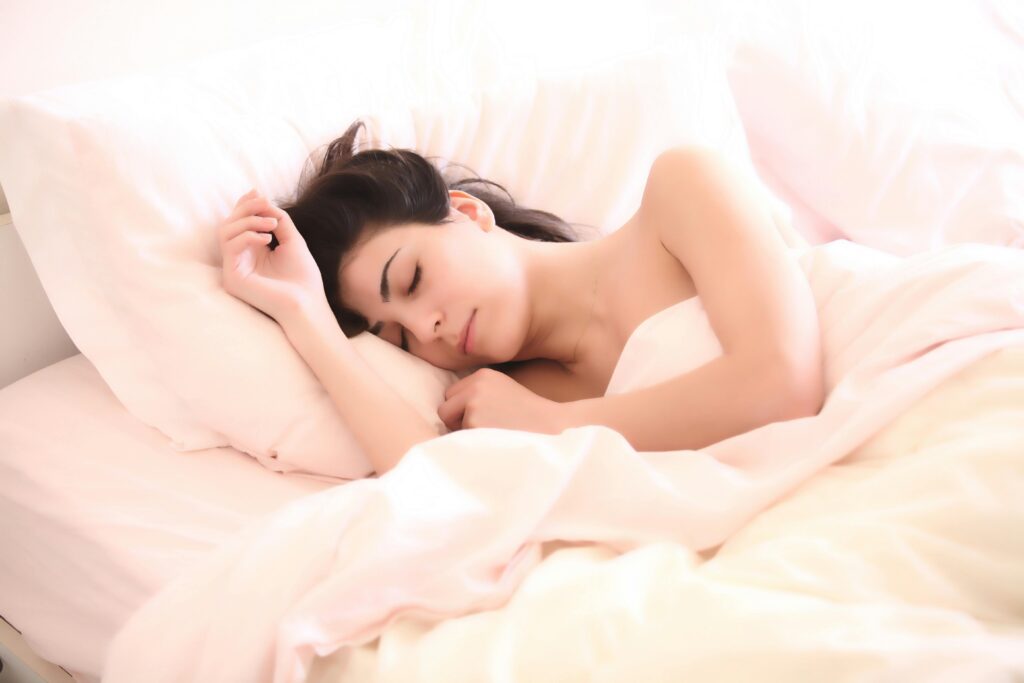
This one feels a little silly now, but people really did try to count sheep when they couldn’t fall asleep. It wasn’t about the sheep, of course—it was about distraction. The repetitive imagery was supposed to keep your mind from racing. You’d visualize one sheep after another hopping over a fence, nice and slow. No drama, no stress, just fluffy white sheep doing their thing. It gave your brain something low-stakes to focus on. And for some, it worked shares Everyday Health.
Plenty of folks gave it a shot at least once. If nothing else, it was a way to pass the time when you were stuck staring at the ceiling. It also had a kind of childlike charm, the kind of thing you might’ve tried after hearing it in a cartoon. But sometimes, you’d be 147 sheep in and still wide awake. That’s when people usually gave up and just turned the TV on. Still, it was a sweet idea. A reminder to keep things light when your brain was making everything feel heavy shares Healthline.
3. Chamomile Tea
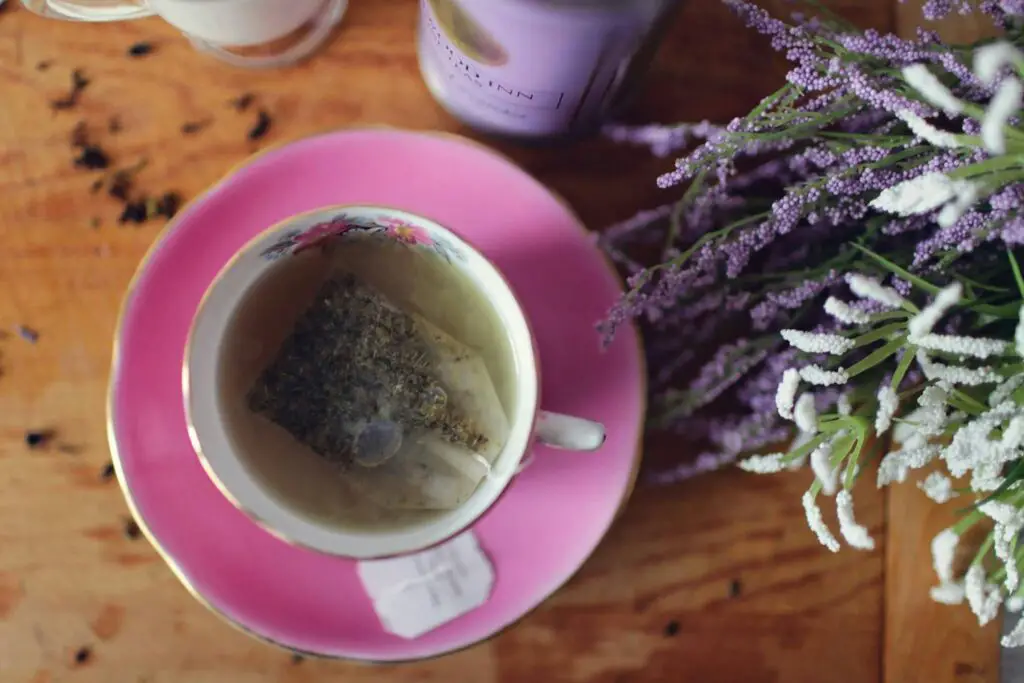
Chamomile tea had a soft-spoken reputation as the ultimate nighttime drink. It smelled like flowers and tasted like calm, and people would reach for it when they needed to unwind. Herbalists and grandmothers alike praised its soothing properties. Even if you didn’t believe it worked, it made you feel like you were doing something good for yourself. That sense of care made a difference. You’d steep the bag in hot water, maybe breathe in the steam a little longer than necessary. The whole process slowed you down.
It wasn’t instant, and it wasn’t dramatic—but that was kind of the point. Unlike modern sleep aids that hit you like a wave, chamomile was more like a soft tide. It eased you in gently. People would sip it while reading a book or listening to the quiet hum of the evening. It turned the night into something gentle instead of restless. Some even added honey for a little extra sweetness, making it part of a nightly ritual. It was a small comfort that added up.
4. Listening to a Fan or White Noise

Long before apps came along with curated sleep soundtracks, some people just turned on a fan. The steady hum wasn’t only for cooling down the room—it drowned out the kind of quiet that made your thoughts too loud. It created a soft, constant background that helped lull you to sleep. No sudden noises, no silence so deep you could hear your heartbeat. Just that soothing mechanical buzz. Even if the room was freezing, the fan still stayed on. That was just the deal.
Some households swore by box fans specifically, while others preferred the fuzz of a TV left on low. Either way, it was all about sound masking. People figured out on their own that some kind of background noise helped them stay asleep longer. And honestly, it worked just as well as today’s $150 white noise machines. It was simple and reliable. If you grew up falling asleep to a fan, you probably still find silence a little eerie.
5. Reading a Book
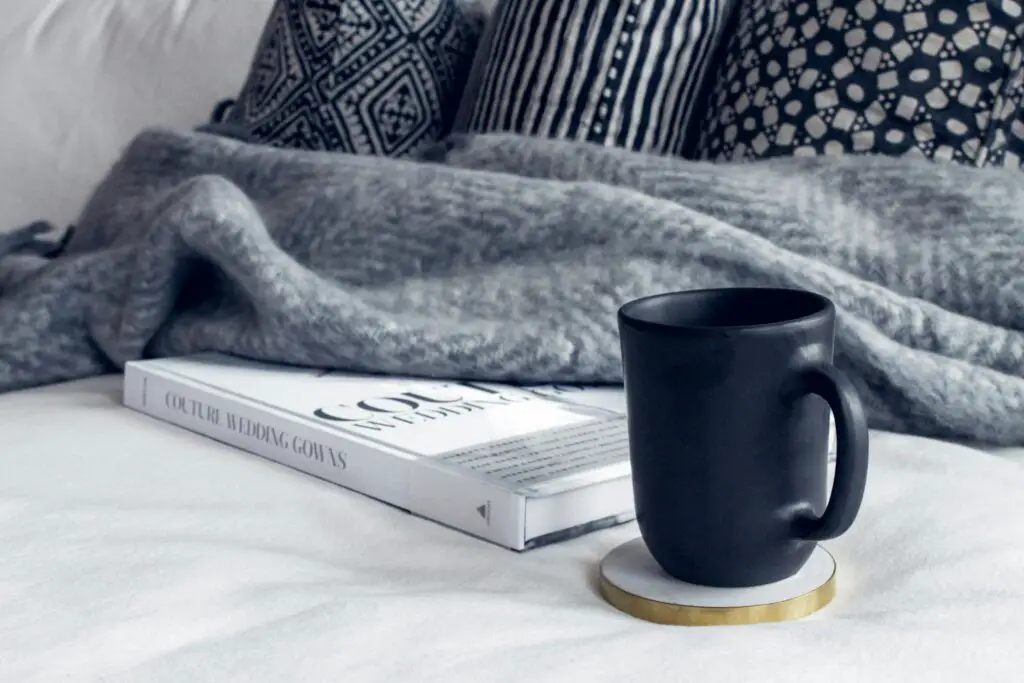
If you were having trouble sleeping in the days before sleep podcasts and sleep sprays, grabbing a book was a solid move. Fiction was ideal—something gentle and easy to follow, nothing too exciting. The act of reading forced your brain to focus on one thing, which helped slow the racing thoughts. And once your eyes got tired from tracking the lines, sleep usually followed. It was like a mental cool-down. No screens, no scrolling, just turning pages quietly under a soft light. It gave the brain permission to unplug.
People often had a “bedside book” they kept just for this purpose. Sometimes they read the same chapter a dozen times because they kept nodding off halfway through. That was actually the goal. It wasn’t about finishing the story—it was about the calm that came with trying. And if the book was boring? Even better. Boredom and sleep go hand in hand more often than we admit.
6. Laying Off Caffeine After Noon

Before sleep trackers told us what to avoid, people learned the hard way that late-day coffee wasn’t doing them any favors. At some point, everyone had that one night they couldn’t sleep and realized, “Oh… it was that 4 PM cup.” After that, many folks made it a rule to cut caffeine by lunchtime. It wasn’t scientific back then—it was just trial and error. You listened to your body, not an app. Coffee in the morning was a given, but anything after noon became risky. And soda? That one snuck up on people.
Once they realized caffeine was messing with their sleep, they swapped it for water, herbal tea, or just powered through the drowsy slump. It was a bit of a sacrifice, especially during long workdays. But sleep became more important than that extra boost. Some even switched to decaf in the evening just for the ritual. It wasn’t glamorous, but it helped. People figured it out because they had to sleep, and caffeine wasn’t worth the tossing and turning.
7. Taking a Warm Bath
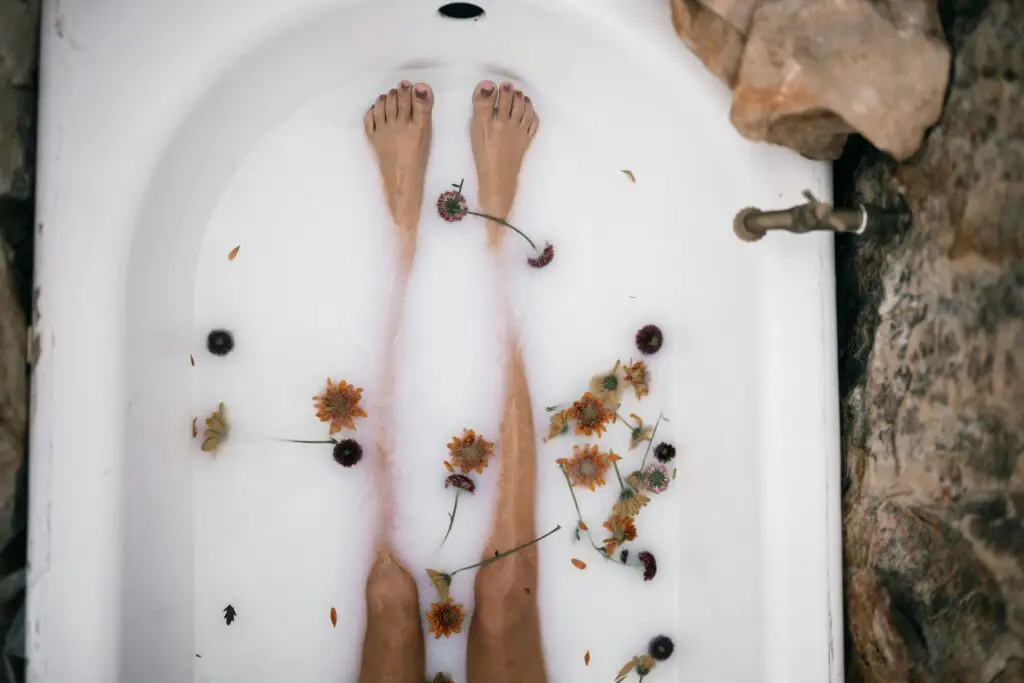
There’s something about soaking in warm water that just tells your body, “Hey, it’s okay to relax now.” Before melatonin was trending, lots of people ended their day with a bath. It wasn’t just for hygiene—it was about the mental reset. The warm water eased sore muscles and signaled the nervous system to chill out. Add in a little lavender bubble bath or Epsom salts if you were feeling fancy. You didn’t need a spa day, just a tub and 20 minutes. When you got out, your body naturally cooled down, which helped you feel sleepy.
People made it part of their bedtime routine without even realizing they were regulating their body temperature to promote sleep. Some would bring a book or light a candle, turning the whole thing into a peaceful ritual. Others just stared at the tile and let the day melt off. It wasn’t about doing—it was about being. And honestly, we could all still use more of that.
8. Saying a Prayer or Meditating
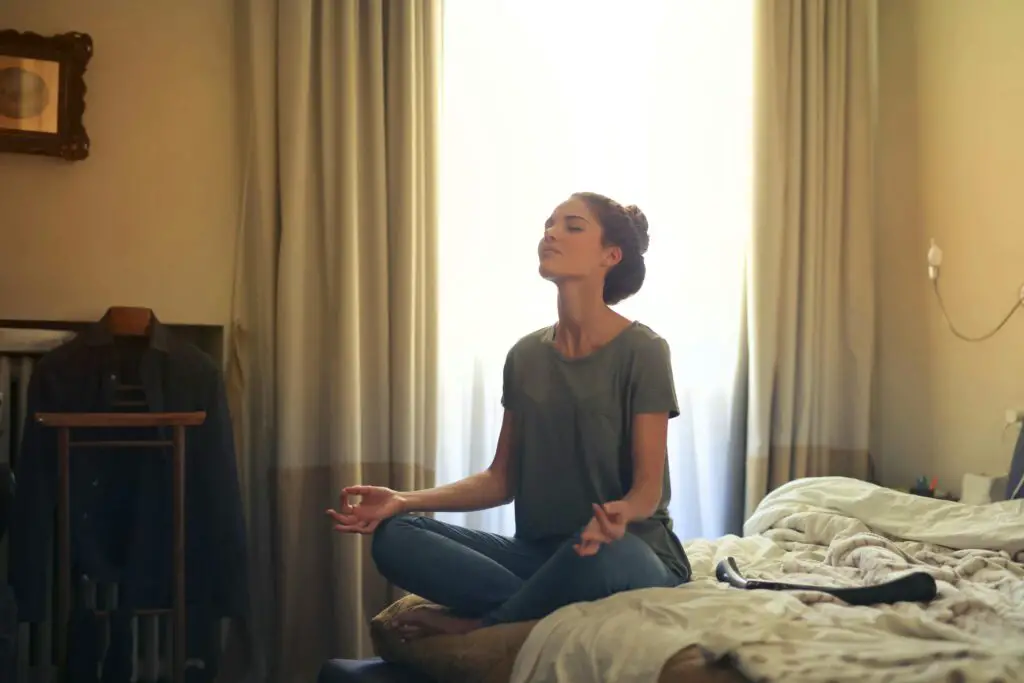
Quieting the mind was hard, even back then. But for a lot of people, prayer helped. It gave them a few minutes to let go of worries, ask for peace, and mentally let the day end. Others leaned on simple meditation, even if they didn’t call it that. Just lying in bed, breathing slowly, focusing on nothing. It wasn’t always perfect, but it created space between the day and the night. And that space mattered.
People weren’t trying to hack their brains—they just needed a moment of stillness. Saying a few quiet words, focusing on gratitude or peace, helped shift their mindset. Even if the problems were still there in the morning, they didn’t feel as heavy. It helped them feel less alone in the dark. And that comfort was sometimes all they needed to drift off. Just a little bit of quiet in a noisy world.
9. Using Heavy Blankets
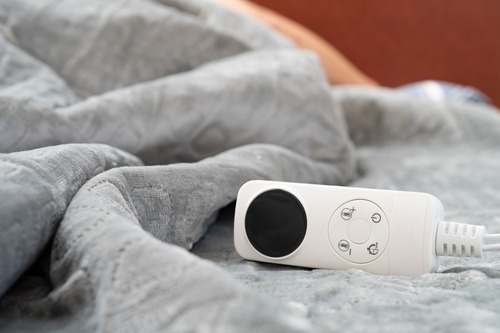
Before weighted blankets became a hot trend, plenty of people already knew that piling on quilts helped them feel safe. It wasn’t about the science—it was about the feeling. A heavy blanket made you feel tucked in, grounded, almost protected. The weight gave the body something to relax into. People would layer up with thick comforters, especially in winter, and swear it helped them sleep deeper. There was a sense of coziness that came with it. Like being hugged, but by your bedding.
Even in summer, some folks still needed something covering them. A thin sheet wasn’t enough—it had to have a little weight. It was more than preference; it was comfort. Nobody called it “deep pressure stimulation” back then, but that’s exactly what it was. The trend just caught up with what people had already figured out. Sometimes the oldest tricks are the best ones.
10. Avoiding Heavy Meals at Night

People eventually noticed that eating a giant meal right before bed wasn’t doing them any favors. That bloated, uncomfortable feeling made it hard to get comfy, let alone fall asleep. So, it became a common bit of advice: eat light in the evening. Maybe soup, toast, or a small portion of whatever dinner was. It wasn’t a hard rule, just a gentle guideline. Heartburn and indigestion were strong motivators. Plus, you could always have a midnight snack if you got hungry again.
This was especially true for older adults who had learned from experience. Some even had a cutoff time for dinner—6 PM and that’s it. It helped regulate digestion and set the stage for better rest. No tossing, no turning, just a more peaceful night. They might not have called it “sleep hygiene,” but they knew what worked. And they passed it down.
11. Keeping the Bedroom Cool and Dark
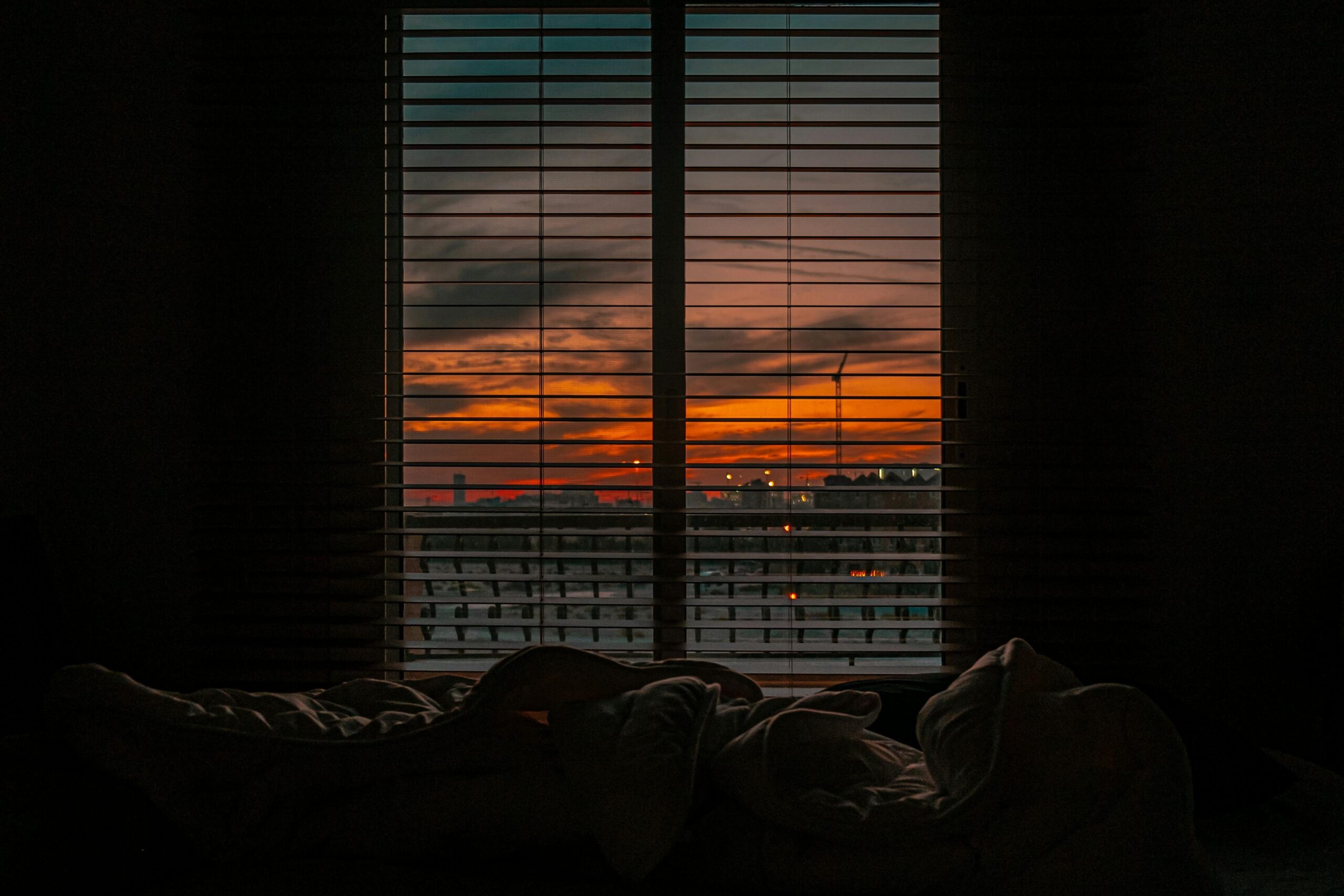
Before blackout curtains and smart thermostats, people still knew that cool and dark was the way to go. If the room was too warm or too bright, sleep didn’t come easily. So windows stayed open, lights stayed off, and extra blankets were nearby just in case. Some would even hang heavy drapes to block out the moonlight or streetlamps. It was all about creating a little cocoon. A simple, no-frills sleep sanctuary.
People weren’t obsessed with ideal temperatures, but they knew what felt good. Stale, stuffy air made the room feel restless. Cool air felt clean and calm. It was about comfort, not tech. That simplicity made it easier to fall into a rhythm. Sometimes, less really is more.
12. Sticking to a Bedtime
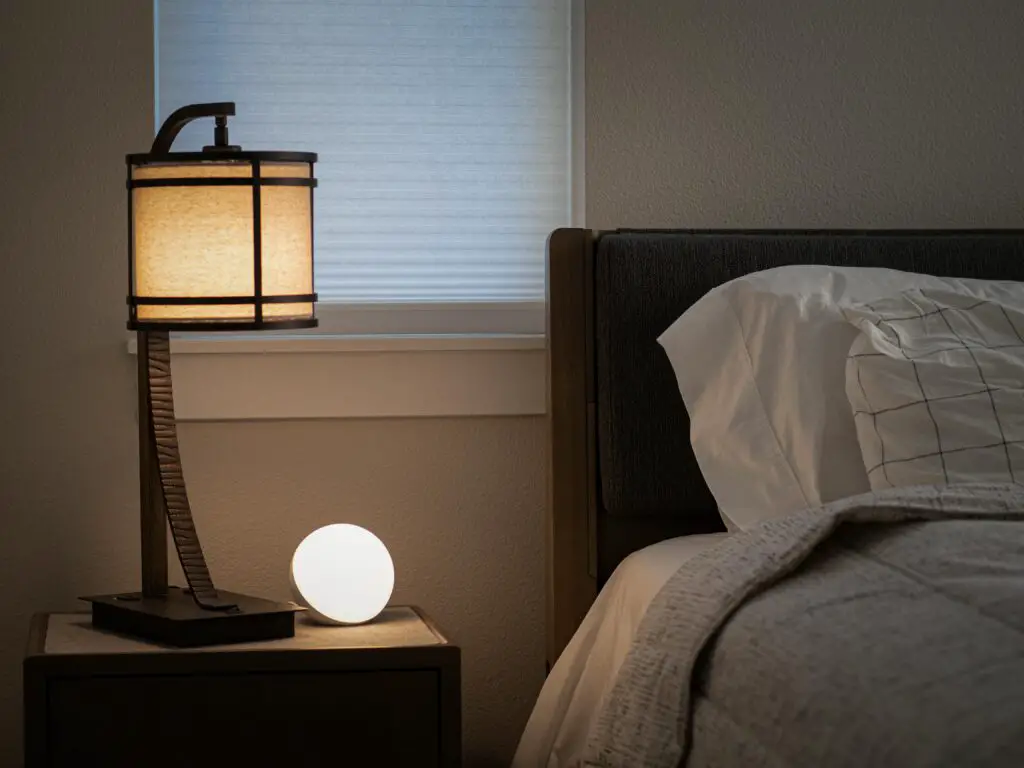
Consistency was everything, even before science backed it up. People used to say, “I’m a creature of habit,” and they were right. Going to bed and waking up around the same time helped set the body’s internal clock. It wasn’t about productivity—it was about rhythm. Whether it was 9 PM or midnight, sticking to it made sleep easier. The body liked knowing what to expect.
Even weekend nights had a limit, especially for early risers. The idea wasn’t to be strict, but to keep the routine stable. People might have read a little, said goodnight to the family, and then climbed into bed without overthinking it. There wasn’t a checklist—just a time they trusted. And once you built that habit, you didn’t need anything fancy to fall asleep. You just knew when it was time.
